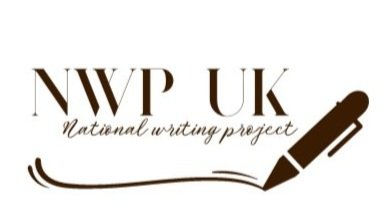Writing is learned from the inside out. So say Janet Emig, academic, and Ann Enright, novelist. Many others say the same in different ways. In Body of Work, a collection of essays by UEA Creative Writing alumni, edited by Giles Foden, Ann Enright goes on to say:
…It is not a subject like geography that can be doled out in parcels of information. Writing is a discipline and, as with any discipline whether spiritual or physical, the doing is everything. No one can do it for you.
The job of the teacher in these hazy, dangerous circumstances is to feed the student and to keep her safe.
What does this look like for the primary school child or secondary school student? What can their teachers do? What can they do to feed their students?
So many things.
In feeding the inner writer we can think about the experiences they already have and others that we can make available to them. Some experiences may involve body and mind, a change of scenery or perspective. Some experiences may be about immersing themselves in ways of writing: experiencing how it is to write with these rhythms or those restrictions. These may allow the young writer to discover ways in which their own experiences can emerge through writing.
And each experience brings with it its own language, the words and syntax and music that allows us to name and explore, to discover, challenge and imagine.
Recently, I have been helping children in Key Stage 2 to prepare performances for Poetry by Heart. Children are required to learn one poem, or two from a set list, one published before 1918 and one after. It is a wildly affirming thing. In the schools where I volunteer, we take great care to match the poems to the child. They often surprise us with which ones they like. We read them a small selection that we think might work for them and from which they choose. It is a magic thing to see them respond and we know when the choice is right. There may be a huge grin, a declaration of allegiance or, more often, a softening, a sense that this poem is the one. There is something within it that speaks to them. I want to mention it because that commitment to the poem is crucial. They will work with the poems for weeks. The poems will stay with them a lifetime.
In Poetry by Heart children do take poems to the heart of themselves. They allow the poems to speak through them. They allow themselves to speak through the poems. It is a two way traffic. And it has an impact on their writing. Like so many things, we come at it slant.
Here is a way in which we feed our writers. It is a particularly literary offering. There are many others. Over the next few weeks, I shall be thinking about the ways in which we can feed our young writers and how we keep them safe.

